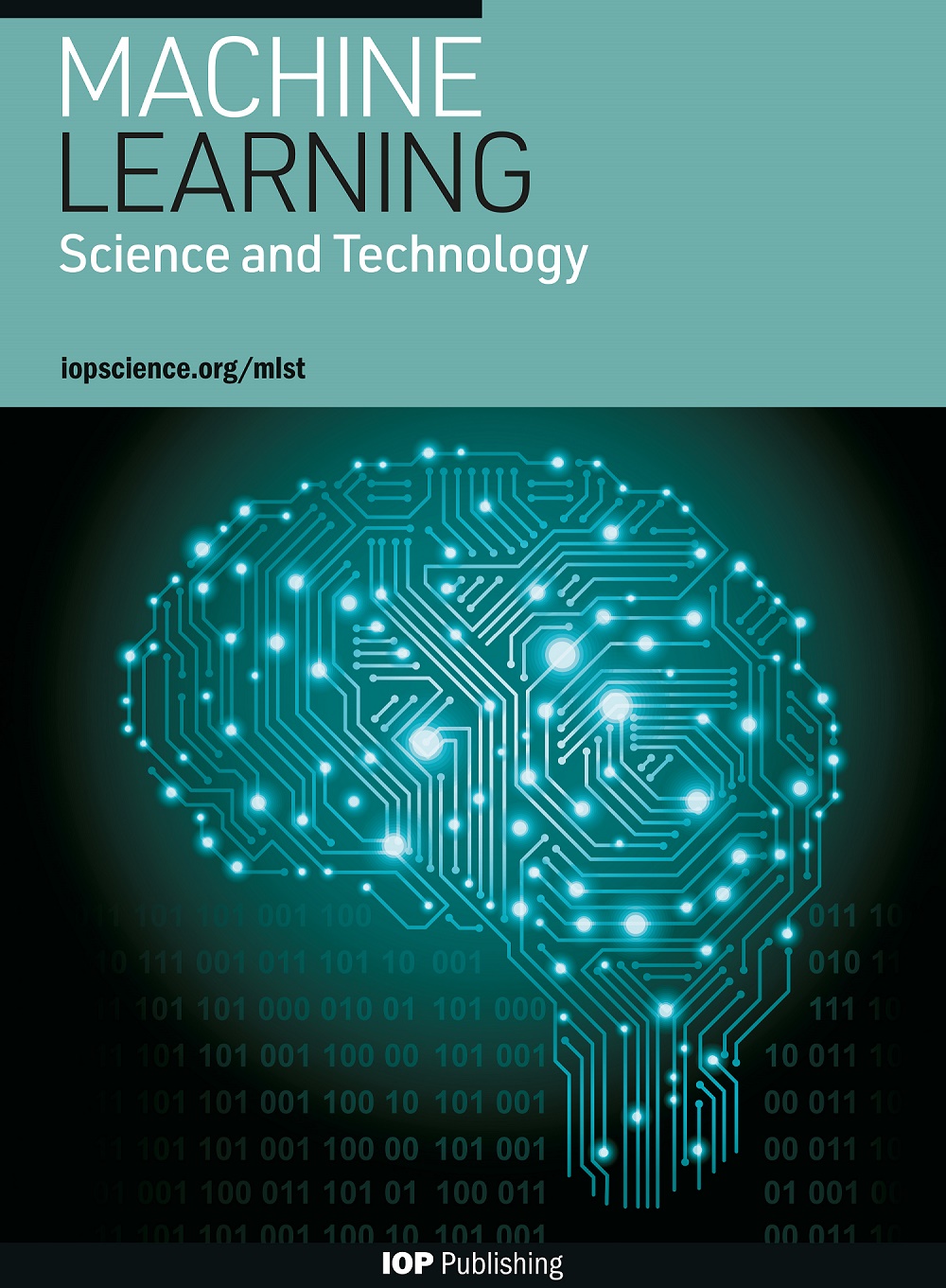基于机器学习的 2G HTS 涂层导体带指数值预测综合研究
IF 4.6
2区 物理与天体物理
Q1 COMPUTER SCIENCE, ARTIFICIAL INTELLIGENCE
引用次数: 0
摘要
索引值或所谓的 n 值预测对于理解超导体的行为至关重要,特别是在需要对超导体进行建模时。该参数取决于多个物理量,包括温度、磁场密度和方向,并在损耗和淬火传播方面影响由涂层导体制成的高温超导设备的行为。本文全面分析了用于估算 n 值的多种机器学习(ML)方法。结果表明,级联前向神经网络(CFNN)在这一领域表现出色。尽管与其他尝试过的模型相比,它需要的训练时间要长得多,但它的准确度却最高,均方根误差(RMSE)为 0.48,皮尔逊拟合系数(R-squared)为 99.72%。相比之下,刚性回归法的预测结果最差,均方根误差为 4.92,R 方为 37.29%。此外,随机森林、提升法和简单前馈神经网络可被视为中等精度模型,其训练时间比 CFNN 更快。本研究的发现不仅推进了超导建模,还为超导研究(包括超导设备建模)中的 ML 即插即用代码的应用和进一步研究铺平了道路。本文章由计算机程序翻译,如有差异,请以英文原文为准。
A comprehensive machine learning-based investigation for the index-value prediction of 2G HTS coated conductor tapes
Index-value, or so-called n-value prediction is of paramount importance for understanding the superconductors’ behaviour specially when modeling of superconductors is needed. This parameter is dependent on several physical quantities including temperature, the magnetic field’s density and orientation, and affects the behaviour of high-temperature superconducting devices made out of coated conductors in terms of losses and quench propagation. In this paper, a comprehensive analysis of many machine learning (ML) methods for estimating the n-value has been carried out. The results demonstrated that cascade forward neural network (CFNN) excels in this scope. Despite needing considerably higher training time when compared to the other attempted models, it performs at the highest accuracy, with 0.48 root mean squared error (RMSE) and 99.72% Pearson coefficient for goodness of fit (R-squared). In contrast, the rigid regression method had the worst predictions with 4.92 RMSE and 37.29% R-squared. Also, random forest, boosting methods, and simple feed forward neural network can be considered as a middle accuracy model with faster training time than CFNN. The findings of this study not only advance modeling of superconductors but also pave the way for applications and further research on ML plug-and-play codes for superconducting studies including modeling of superconducting devices.
求助全文
通过发布文献求助,成功后即可免费获取论文全文。
去求助
来源期刊

Machine Learning Science and Technology
Computer Science-Artificial Intelligence
CiteScore
9.10
自引率
4.40%
发文量
86
审稿时长
5 weeks
期刊介绍:
Machine Learning Science and Technology is a multidisciplinary open access journal that bridges the application of machine learning across the sciences with advances in machine learning methods and theory as motivated by physical insights. Specifically, articles must fall into one of the following categories: advance the state of machine learning-driven applications in the sciences or make conceptual, methodological or theoretical advances in machine learning with applications to, inspiration from, or motivated by scientific problems.
 求助内容:
求助内容: 应助结果提醒方式:
应助结果提醒方式:


